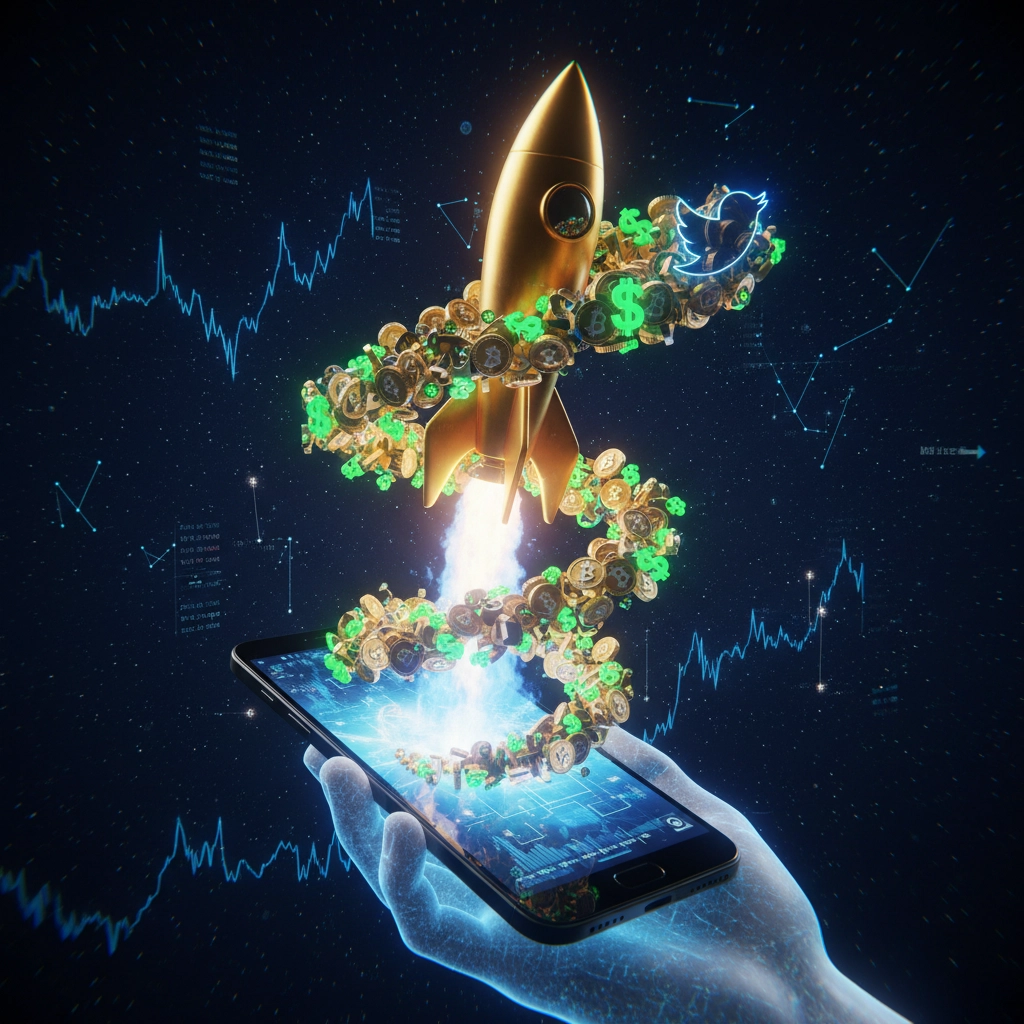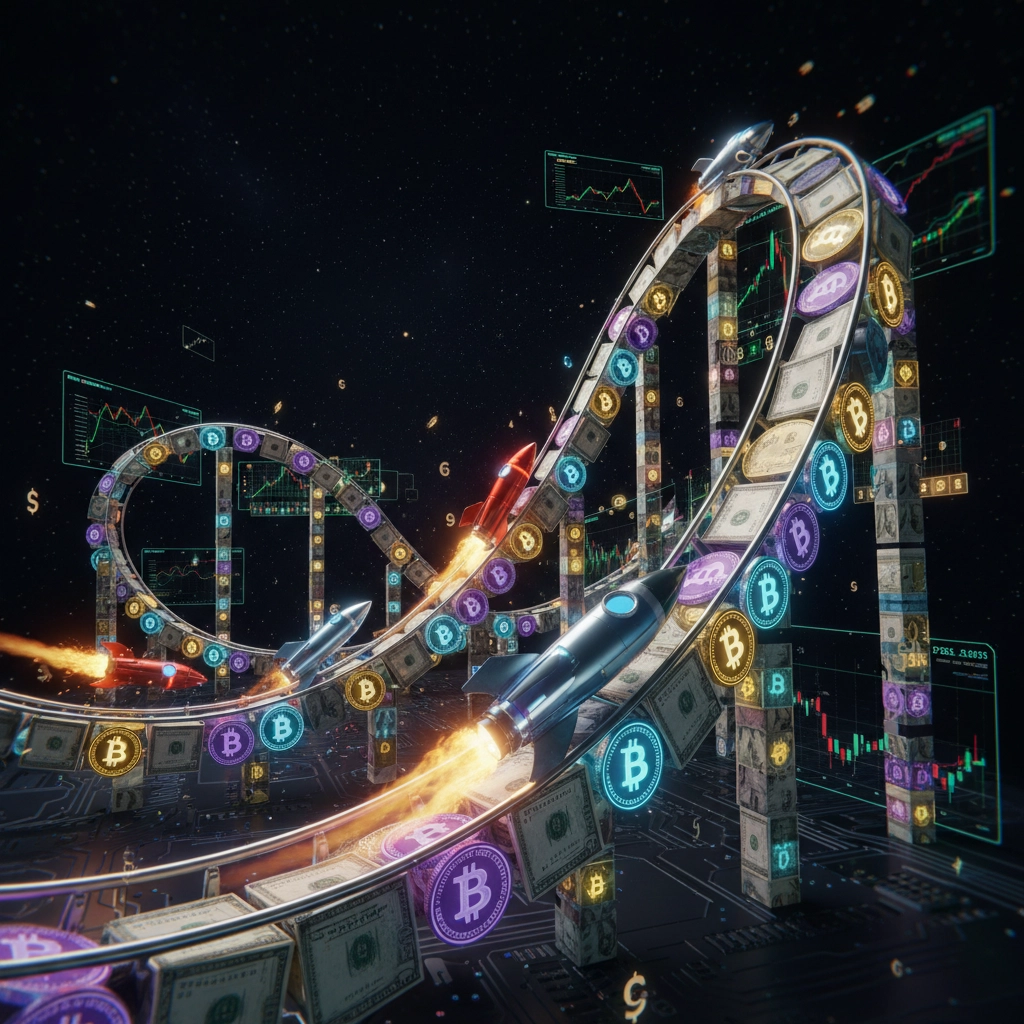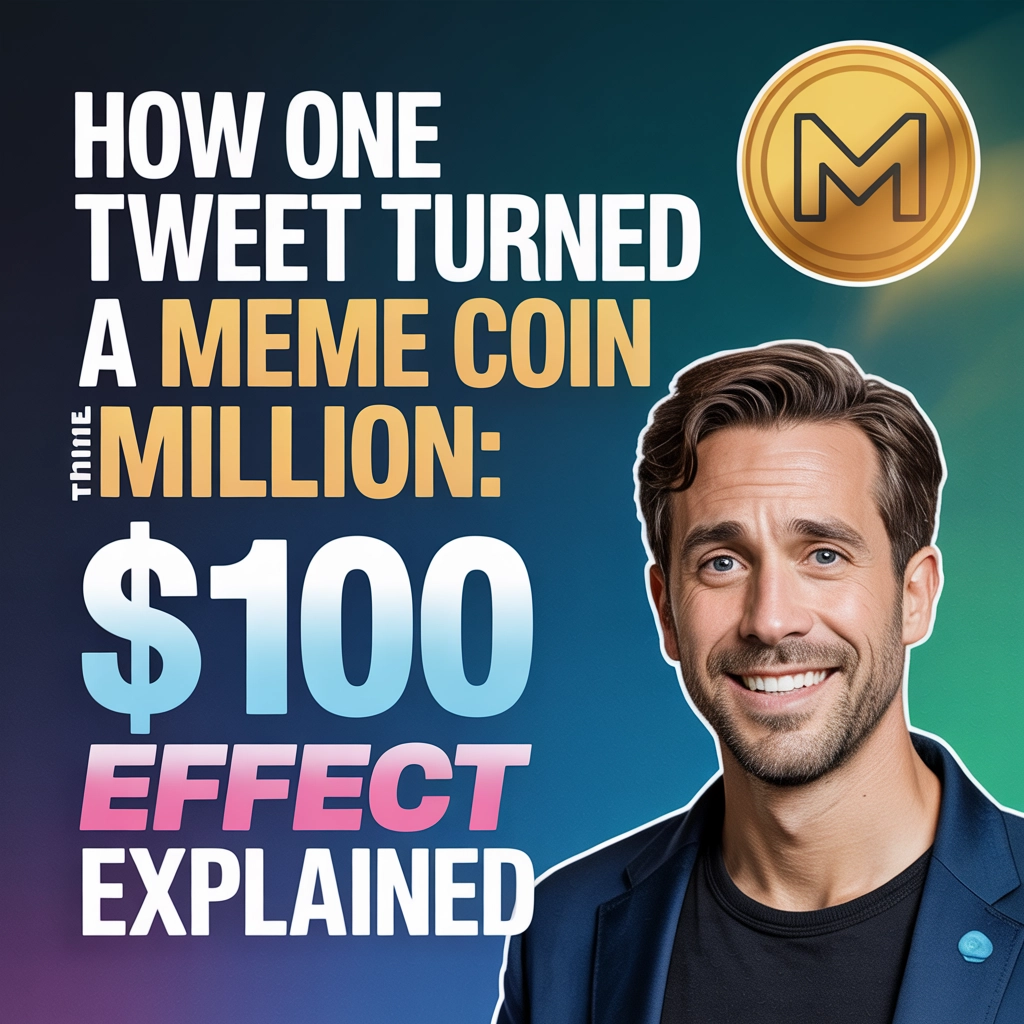Picture this: you're scrolling through Twitter at 11 PM, and you see Dave Portnoy tweet about some random meme coin called "Jailstool." Five hours later, that coin is worth over $100 million. No, this isn't some crypto fantasy – it actually happened, and it shows just how wild the meme coin world has gotten.
The Dave Portnoy effect isn't just about one lucky tweet. It's about understanding how modern influence works in crypto markets, where a single social media post can create more wealth than most startups see in years. Let's break down exactly what happened and why it matters.
What Actually Happened with Jailstool
The Jailstool surge wasn't your typical crypto pump. When Portnoy endorsed this virtually unknown meme coin, something unprecedented happened – the token's market cap exploded by 119,000% in just five hours. That's not a typo. We're talking about gains that would make even the most optimistic crypto bro's jaw drop.
But here's what made this different from other influencer pumps: Portnoy didn't just tweet and disappear. He doubled down by hosting a late-night Twitter Space with his 3.5 million followers. Imagine thousands of people gathered in a virtual room, all listening to the Barstool Sports founder talk about a coin that barely existed hours before. It was like a real-time investment seminar, except the "investment" was a meme coin named after a stool.

The timing was perfect. Portnoy had been cycling through different meme coins all day, building momentum and proving his trading chops. By the time he mentioned Jailstool, his followers were already primed and ready to follow his next move. It created this snowball effect where early buyers saw massive gains, posted about it, which attracted more buyers, and the cycle continued.
What's crazy is that Portnoy was completely transparent about the whole thing. He wasn't trying to hide his strategy or pretend this was some serious investment advice. He literally told people he was going to sell eventually, yet the coin still exploded. That's the power of authenticity in the meme coin space – sometimes honesty about manipulation is more effective than trying to hide it.
How the Portnoy Effect Actually Works
The secret sauce behind Portnoy's crypto influence isn't just his follower count, though 3.5 million followers certainly doesn't hurt. It's about the type of audience he's built and how he communicates with them.
First, his audience trusts his financial instincts because of his success with Barstool Sports. When someone who built a media empire from scratch talks about investments, people listen – even if those investments are joke coins with ridiculous names.
Second, he's mastered the art of FOMO creation. By being completely open about his trading timeline and strategies, he creates urgency. When Portnoy says he's buying something "right now," his followers know they need to act fast or miss out. It's like having advance warning of a flash sale, except the sale is for digital tokens that might be worthless in an hour.

Here's how the typical Portnoy pump works:
• Initial tweet or mention – Usually casual, sometimes almost accidental
• Community engagement – Twitter Spaces, replies, additional posts
• Momentum building – Early buyers share gains, attracting more attention
• Peak excitement – Maximum FOMO, highest trading volume
• The exit – Portnoy sells, often announcing it publicly
• The crash – Token value plummets as followers realize the party's over
The whole cycle can happen in hours or even minutes. It's like watching a compressed version of traditional market psychology, where months of investment behavior get crammed into a single day.
It's Not Just One Lucky Tweet – The Pattern
The Jailstool success wasn't beginner's luck. Earlier that same day, Portnoy had already demonstrated his meme coin trading pattern with other tokens. He rode "Montoya por favor" (yes, that's a real coin name) from nothing to massive gains, then watched it crash from a $14 million market cap to $1 million.
Then came the Josh Allen MVP coin, themed after the Buffalo Bills quarterback. Portnoy's approach was brutally honest: "Buy at your own risk. I just bought it. I'm gonna sell it. Don't buy what ya can't lose." The coin hit a $12 million market cap before crashing to $58,000. Classic pump and dump, except everyone knew it was happening.
But the most revealing example was his GREED experiment. In February, Portnoy created his own token called $GREED, calling it a "social experiment" to criticize how the meme coin industry runs on pure greed. The coin reached a market cap between $30-41 million, with Portnoy owning over 35% of the supply.

Here's the kicker: despite promising not to sell, Portnoy dumped his entire position within an hour, making about $258,000 and causing the token to crash 99%. Then he immediately launched GREED2 and grabbed another 26.8% of that supply. It was like watching someone conduct a live experiment on market psychology and human nature.
My friend Jake, a software developer who got caught up in the GREED hype, told me he knew it was risky but couldn't resist. "It was like watching a car crash in slow motion," he said. "You know it's going to end badly, but you can't look away. Plus, there was this tiny voice saying 'what if I get out before everyone else?'"
Why This Should Scare and Excite You
The Dave Portnoy effect reveals something fundamental about modern markets: influence can be more powerful than fundamentals, at least in the short term. This isn't necessarily good or bad – it's just reality.
On the exciting side, we're witnessing democratized market making. Anyone with enough followers and credibility can essentially create financial instruments out of thin air. Portnoy proved that a media personality can generate more trading volume than some traditional financial institutions. That's pretty incredible when you think about it.
But here's what should keep you up at night: if one person can create $100 million in market value with a tweet, they can also destroy it just as quickly. The same followers who rushed to buy Jailstool would likely rush to sell if Portnoy changed his mind. We're talking about markets that can swing 100,000% based on the mood of a single influencer.

The traditional investment advice of "don't invest more than you can afford to lose" becomes almost meaningless when dealing with this level of volatility. We're in uncharted territory where entertainment and finance have merged into something entirely new.
What makes Portnoy's approach particularly interesting is his transparency about the risks. He's not pretending these are solid investments or trying to convince people they'll get rich. He's openly saying he's gambling and inviting others to gamble with him. In a weird way, this honesty might be more ethical than traditional investment promotion that promises unrealistic returns.
The Portnoy effect also highlights how social media has fundamentally changed financial markets. We're not just trading assets anymore – we're trading attention, community membership, and social signals. When someone buys Jailstool after Portnoy's endorsement, they're not just betting on the token's value. They're betting on Portnoy's continued interest and his community's loyalty.
So here's the million-dollar question: in a world where tweets can create hundred-million-dollar markets overnight, are we witnessing the future of finance, or are we just watching a really expensive form of entertainment? And more importantly, how do you navigate a financial system where the line between investing and gambling has completely disappeared?







